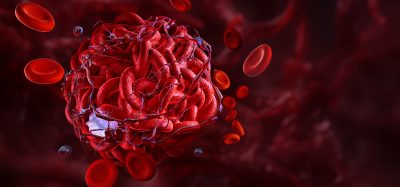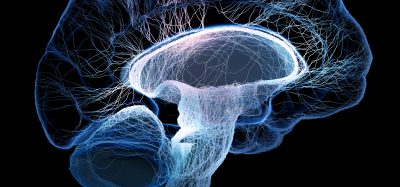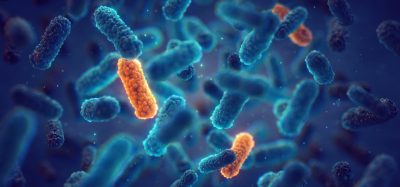Activating bone stem cells has potential therapeutic applications
Posted: 10 December 2019 | Victoria Rees (Drug Target Review) | No comments yet
A study has demonstrated that activating bone periosteal stem cells leads to increased bone healing in mice, presenting a potential therapeutic strategy.
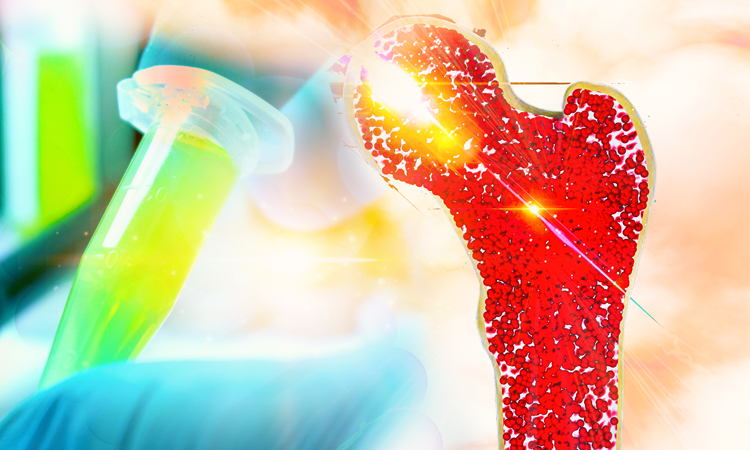

Researchers have revealed a new mechanism that contributes to adult bone maintenance and repair; their findings could lead to the development of therapeutic strategies that improve bone healing.
The study was led by researchers at Baylor College of Medicine, US.
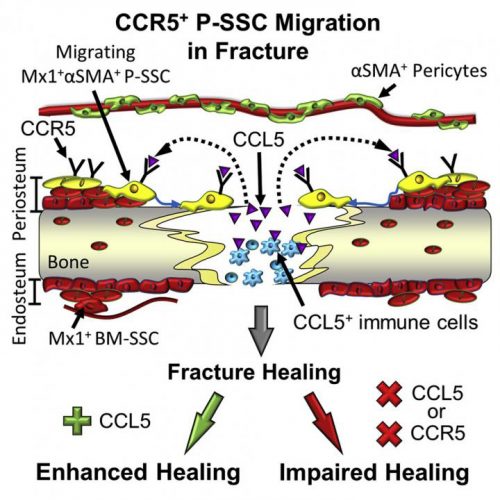

Periosteal bone stem cells migration and repair mechanism (credit: Cell Stem Cell/the Park lab at Baylor College of Medicine).
“Adult bone repair relies on the activation of bone stem cells, which still remain poorly characterised,” said corresponding author Dr Dongsu Park, Assistant Professor of Molecular and Human Genetics and of Pathology and Immunology at Baylor. “Bone stem cells have been found both in the bone marrow inside the bone and also in the periosteum – the outer layer of tissue – that envelopes the bone. Previous studies have shown that these two populations of stem cells, although they share many characteristics, also have unique functions and specific regulatory mechanisms.”
Periosteal stem cells are not fully understood, but it is known that they comprise a heterogeneous population of cells that can contribute to bone thickness, shaping and fracture repair. However, scientists have not been able to differentiate between different subtypes of bone stem cells to study how their functions are regulated.
This led the team to create a method to characterise subpopulations of periosteal stem cells, define their contribution to bone fracture repair in mouse models and identify specific factors that regulate their migration and proliferation.
They discovered specific markers for periosteal stem cells in mouse models. This allowed the identification of a distinct subset of stem cells that contributes to life-long adult bone regeneration.
“We also found that periosteal stem cells respond to mechanical injury by engaging in bone healing,” Park said. “They are important for healing bone fractures in the adult mice and interestingly, their contribution to bone regeneration is higher than that of bone marrow stem cells.”
They also found that the periosteal stem cells respond to cytokines, in particular, CCL5. The stem cells have receptors that bond to CCL5, which sends a signal to migrate towards the injured bone and repair it.
Deleting CCL5 in mouse models resulted in marked defects in bone repair or delayed healing. When the cytokine was supplied to CCL5-deficient mice, bone healing was accelerated.
According to the researchers, the findings suggest a potential therapeutic application for patients with conditions such as diabetes or osteoporosis where bone healing is reduced.
The findings were published in Cell Stem Cell.
Related topics
Disease Research, Drug Targets, Research & Development, Stem Cells, Targets
Related conditions
Diabetes, Osteoporosis
Related organisations
Baylor College of Medicine
Related people
Dr Dongsu Park




